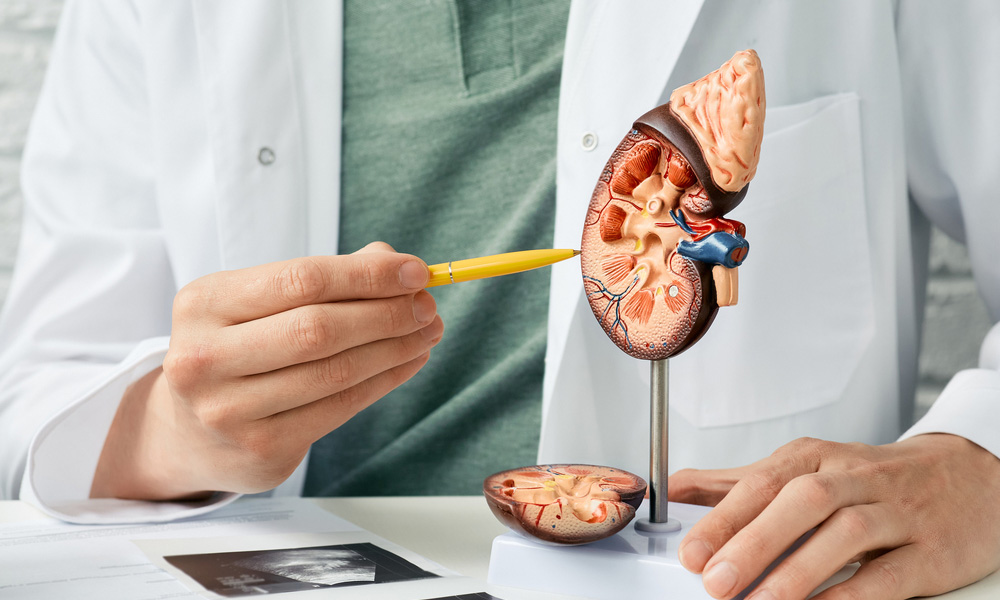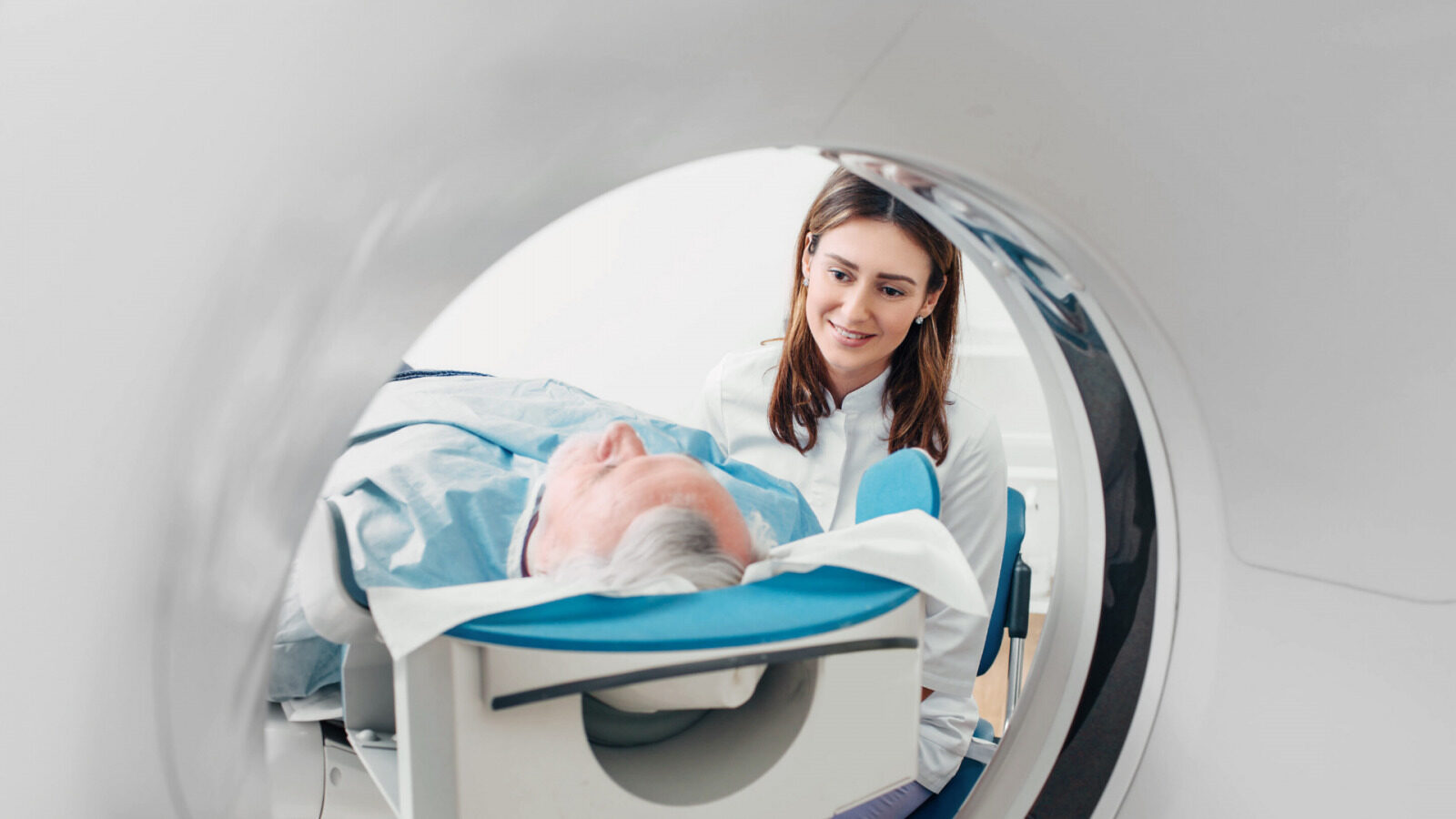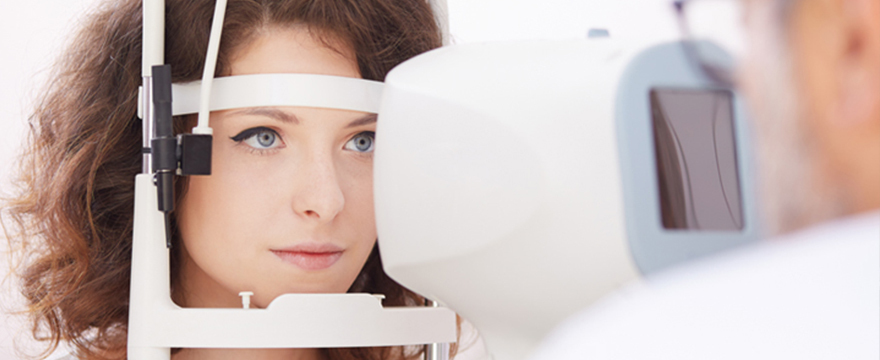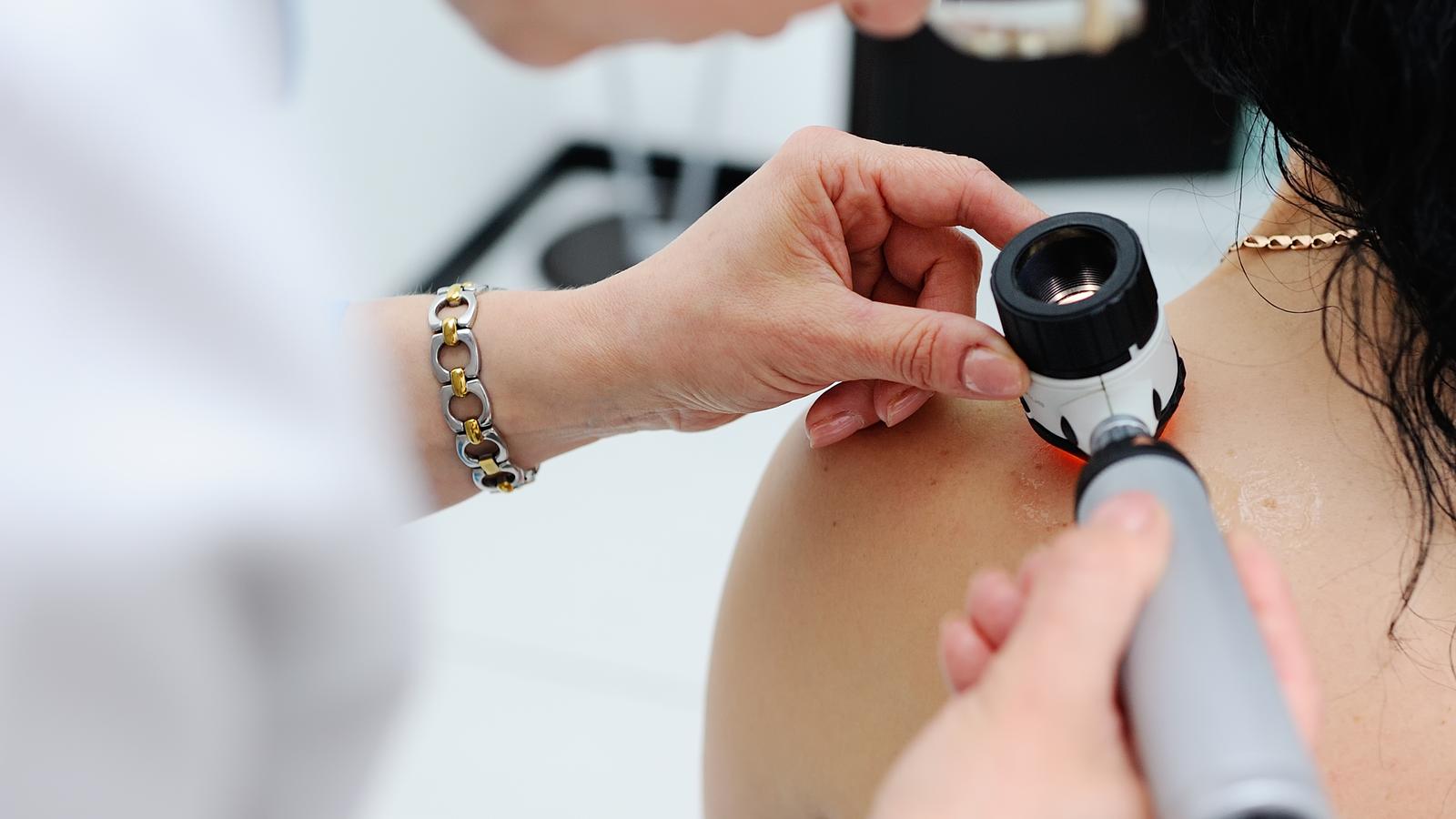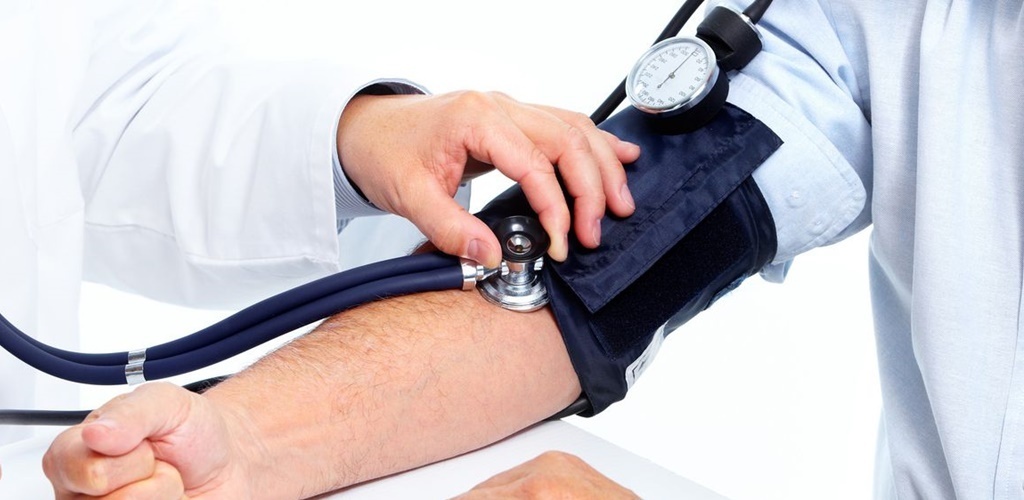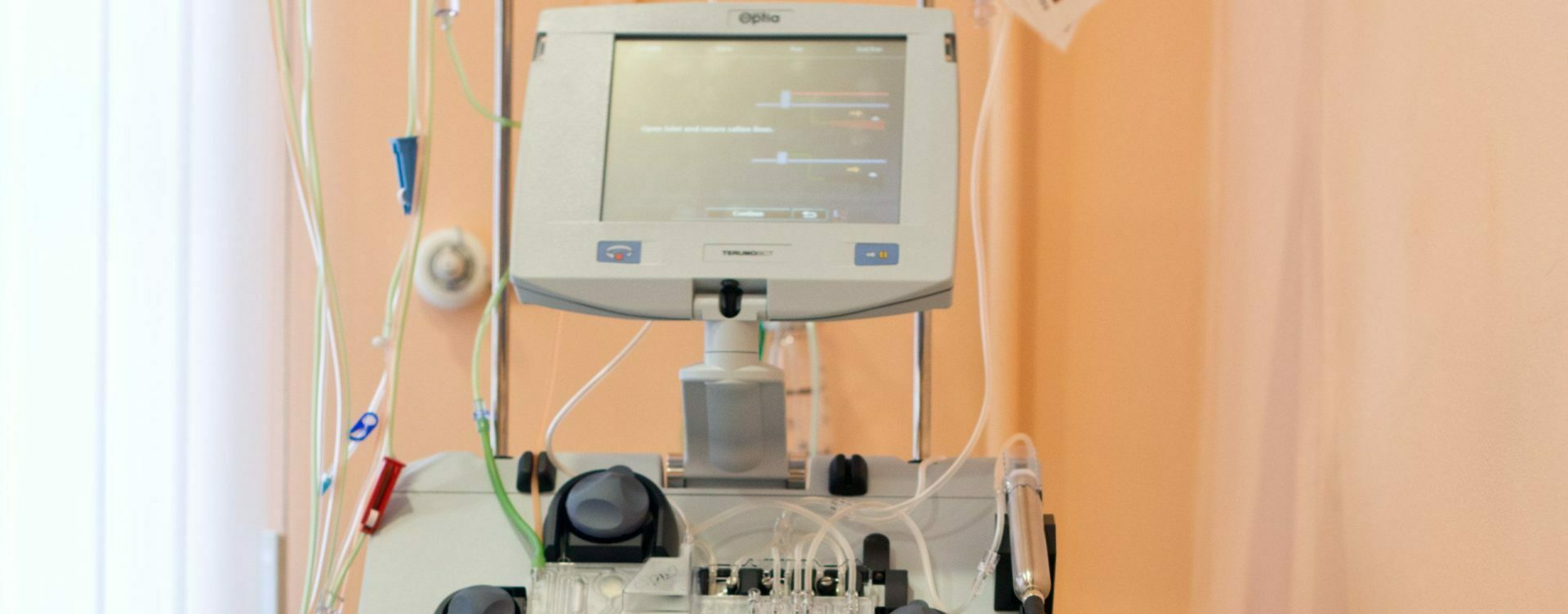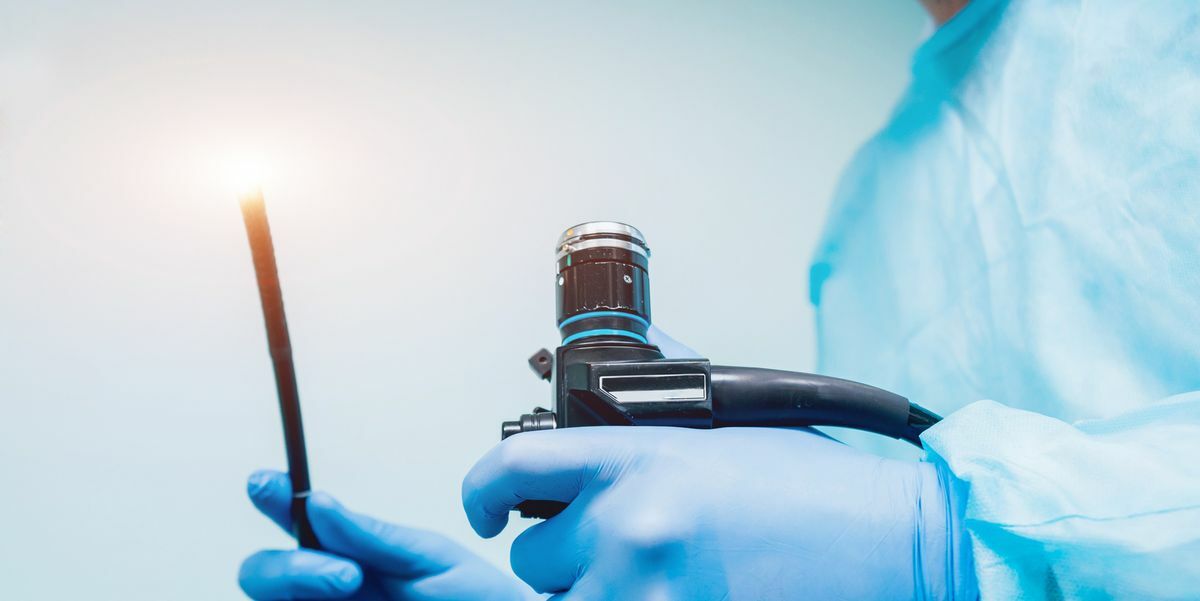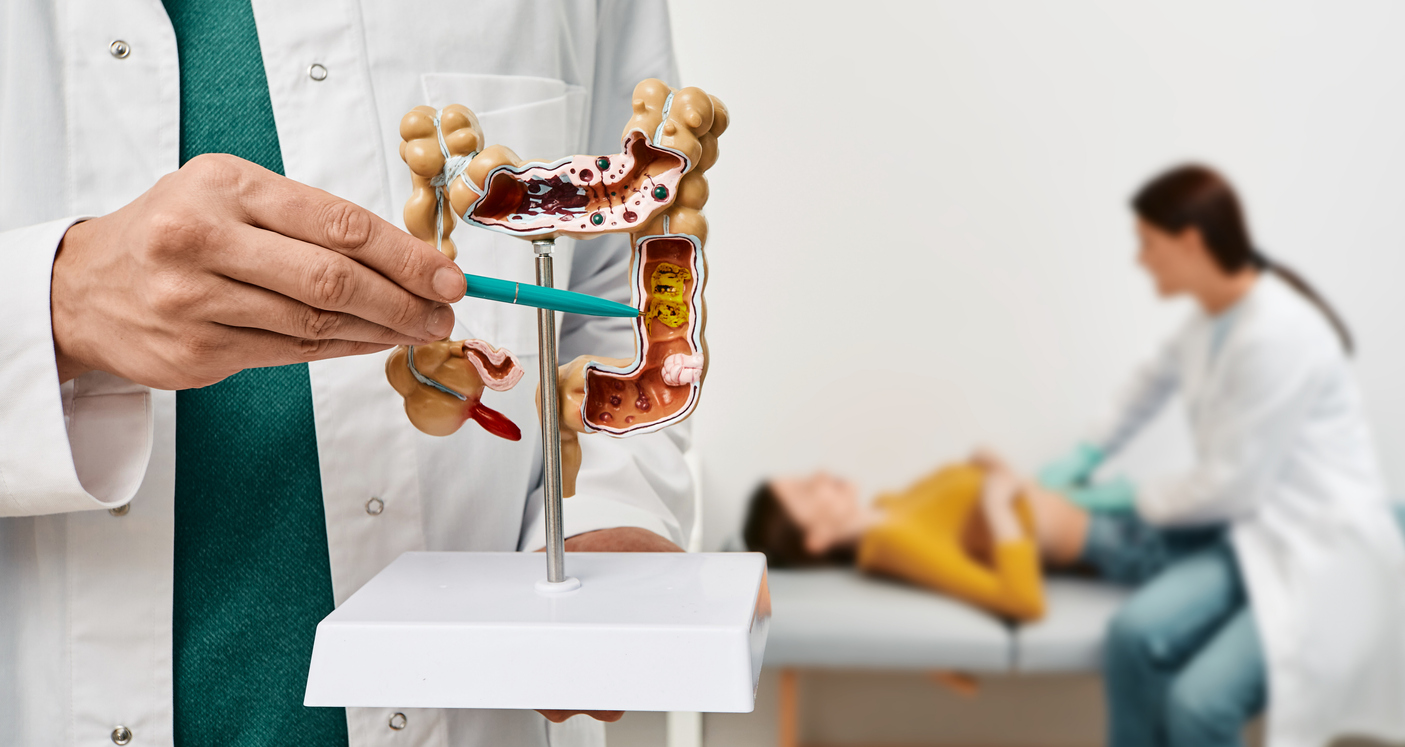
Gastroenterology focuses on the study of the digestive system. A gastroenterologist is the medical specialist essential for diagnosing, treating, and preventing diseases of the digestive system. From the stomach and intestines to the liver, gallbladder, and pancreas, the gastroenterologist specializes in the organs responsible for digesting and absorbing food in the body.
Gastroenterologist in Riga
The adult digestive tract, from the mouth to the anus, is 6-8 meters long and is connected to the stomach, liver, pancreas, blood vessels, nervous system, and intestines. Various parts of the digestive tract are separated by sphincters and lined with mucous membranes, which are crucial for nutrient absorption and waste elimination.
For various reasons, digestive system problems may arise, prompting patients to consult a gastroenterologist.
At our facility, gastroenterologists provide consultations, diagnose, and treat diseases of the digestive organs (esophagus, stomach, intestines, liver, gallbladder, pancreas). A consultation with a gastroenterologist is recommended if you experience:
- Persistent bad breath or an unpleasant taste in the mouth
- White coating on the tongue
- Lump in the throat
- Increased tooth decay
- Heartburn or burning behind the breastbone
- Nausea or belching
- Decreased or increased appetite
- Irregular bowel movements with an unpleasant odor
- Bloating, excessive gas, or constipation
- Intolerance to wheat products causing diarrhea, skin rashes, or joint pain
Gastroenterologist consultation at Riga 1st Hospital
At Riga 1st Hospital, gastroenterologist consultations are available for:
- Gastroesophageal reflux disease (GERD)
- Ulcer diseases (esophageal, gastric, duodenal)
- Gastritis
- Polyps
- Bowel problems (chronic constipation, diarrhea, etc.)
- Malignant tumors
- Intestinal dysbiosis
- Helicobacter pylori infections, and more
Endoscopic examination at Riga 1st Hospital
Endoscopic examinations are used to diagnose digestive system diseases. As medical technology advances, endoscopic methods are becoming more informative, allowing for more effective patient examinations, accurate diagnoses, and better treatment outcomes.
Specialists at Riga 1st Hospital work with the latest generation video endoscopy system, OLYMPUS EVIS EXERA III CV-190, for diagnosing and treating the upper and lower gastrointestinal tract (especially for polypectomy). The gathered information, including images, is printed and archived in accordance with the advanced Japanese Endobase system.
Our endoscopy department employs experienced gastroenterologists, endoscopists, and nurses who care for around 40 patients daily, performing:
- Esophagogastroduodenoscopy (EGD or gastroscopy)
- Colonoscopy
- Irrigoscopy
- Polyp removal
- Minimally invasive bile duct contrast studies and gallstone removal
- Capsule endoscopy for diagnosing small bowel diseases
- Balloon placement in the stomach for overweight patients
The department is equipped with:
- 3 examination rooms
- 2 specially equipped rooms for instrument disinfection
- Sanitary facilities
- Recovery room for patients after anesthesia
- Doctors’ offices and staff lounges
Endoscopic examinations can now be performed more comfortably for patients, including under general anesthesia, with the participation of an anesthesiologist or anesthesia nurse.
Endoscopic examination methods
Riga 1st Hospital offers various endoscopic examination types, depending on the part of the digestive tract being examined:
1. Gastroscopy (upper endoscopy)
This method examines the upper digestive tract, including the esophagus and stomach. It is the most precise method for diagnosing and treating early digestive system inflammation. During gastroscopy, the following therapeutic manipulations or surgeries may also be performed:
- Polyp removal
- Esophageal dilation
- Foreign body removal Endoscopic bile duct treatment is also possible if gallstones are present.
Foreign body removal Endoscopic bile duct treatment is also possible if gallstones are present.
2. Colonoscopy (lower endoscopy)
Colonoscopy is the only, most accurate, and informative examination method for inspecting the inside of the colon, enabling the timely diagnosis and treatment of colon and rectal diseases. During colonoscopy, polyps and tumors can be removed if necessary.
3. Capsule endoscopy (CE)
The capsule is approximately 11×26 mm and weighs ~4 g. It moves through the gastrointestinal tract with peristalsis, taking photos of the intestinal mucosa. The average working time is 8-10 hours, and it is naturally expelled within 8-72 hours. In 2% of cases, the capsule may need to be surgically removed.
4. Intragastric balloon system (gastric balloon)
During gastroscopy, a silicone balloon is inserted into the stomach through the esophagus and filled with sterile saline. The balloon partially fills the stomach, creating a feeling of fullness and preventing overeating. The balloon remains in the stomach for 6-12 months. Gastric balloon insertion is recommended for people with moderate obesity. This method can lead to a weight loss of up to 40 kg within a year. After the balloon is removed, it is essential to follow the doctor’s recommendations and maintain optimal body weight with regular physical activity and a healthy diet.
Diseases you should know about!
1. Gastroesophageal reflux disease (GERD)
GERD is a chronic condition that develops when the normal anti-reflux barrier fails to protect the esophageal mucosa from frequent and increased volumes of gastroesophageal reflux (GER) – the backward flow of stomach contents into the esophagus. GER itself is not a disease but a normal physiological process. It occurs many times a day, especially after large meals, without symptoms or damage to the esophageal lining.
Symptoms of GERD include:
- Heartburn and burping
- Burning sensation (sometimes interpreted as chest pain) – typically after meals, with periodic episodes
- Regurgitation – when reflux fluid reaches the mouth
- Nausea – in cases of unexplained nausea and/or vomiting, GERD is the first condition to check
- Chronic cough, asthma, chronic laryngitis, and other respiratory symptoms can also be related to GERD
About 80% of patients have a non-progressive form of GERD that can be controlled with medication. It is important to identify the 20% of patients with a progressive form who may develop severe complications, such as strictures or Barrett’s esophagus.
2. Helicobacter pylori infection
H. pylori is a Group I carcinogen for gastric cancer and the most serious risk factor for stomach cancer. H. pylori colonizes the stomach lining and causes inflammation. Before stomach cancer develops, changes occur in the gastric mucosa, leading to gastritis, atrophy, intestinal metaplasia (IM), and dysplasia.
In Latvia, 79% of the adult population is infected with H. pylori.
Inflammatory bowel disease (IBD)
IBD includes autoimmune diseases that affect not only the digestive organs but also the joints, connective tissues, and skin. The most common IBDs are ulcerative colitis and Crohn’s disease. Both are chronic diseases with frequent, unpredictable relapses. The disease may progress with erosions and ulcers in the large and small intestines, which may bleed for long periods. Crohn’s disease is characterized by the formation of intestinal strictures and fistulas.Only 15-20% of IBD cases are influenced by genetic factors. The other 80% are related to environmental factors, including:
- Smoking
- Infections
- Poor hygiene
Psychological and environmental factors play a significant role in irritable bowel syndrome (IBS) etiology. Understanding the interaction of these factors and providing psychological support are important for reducing the frequency and severity of symptoms and improving the patient’s mental health.
Need to schedule a visit to a gastroenterologist to check your digestive system? Don’t wait – do it now!
Other related services
